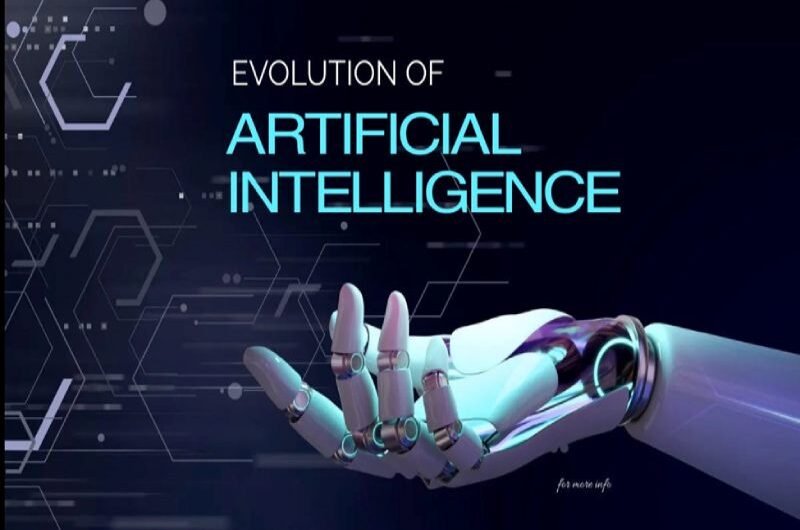
The violent collision of two neutron stars that caused an incredibly powerful gamma-ray burst (GRB) has been located by astronomers using the James Webb Space Telescope (JWST).
This kind of neutron star collision, often called as a “Kilonova,” is presumably where the atoms in the ring on your finger were created. This is due to the fact that Kilonovas are thought to be the places where the universe’s heaviest elements, which cannot be synthesized in the nuclear furnaces at the center of stars, are created in addition to blasting out long-duration GRBs.
According to one theory, these elements are produced through a process known as “neutron capture” or the r-process, which enables atomic nuclei to capture neutrons and produce new, heavier elements like gold, platinum, and uranium. Only extremely violent environments, such as those present surrounding colliding neutron stars, can support the r-process.
The powerful space telescope JWST was able to detect the signature of heavy elements being formed in the explosive event. This is the first time JWST has been utilized to detect emissions from such an event. The formation of lanthanides, a group of 15 metals that are heavier than lead, and evidence of the heavy element tellurium were two things the team saw in particular.
The researchers described their findings in a report, stating that “these observations demonstrate that nucleosynthesis in GRBs can create r-process elements across a broad atomic mass range and play a central role in heavy element nucleosynthesis throughout the universe.”
The team, directed by professor Andrew Levan of Radboud University in the Netherlands, traced the GRB to its kilonova source, which is also remarkable in and of itself. The second-brightest GRB ever seen, designated GRB 230307A, was discovered by NASA’s Fermi Gamma-ray Space Telescope on March 7, 2023.
Astronomers were able to triangulate the GRB’s source because it was observed by several other telescopes and lasted for about 34 seconds. On Thursday, July 6, team member Brian Metzger of Columbia University tweeted about the achievement.
“In work led by Andrew Levan, we detected kilonova emission (for the first time!) with JWST, after a GRB,” writes Metzger. The second brightest GRB in history lasted for half a minute, making it a second ‘long’ burst that was accompanied by r-process production. Probably a merging of neutron stars, although it raises questions concerning how long the core engine should ‘jet.'”
The kilonova was seen by JWST twice: once at 29 days after the GRB and again at 61 days after the radiation burst. The quick brightness decline and color change from blue to red between these observations gave away the kilonova’s status as such.
The scientists discovered a number of bright galaxies close to the kilonova that could be the location of the neutron star collision and, as a result, the origin of GRB 230307A. The brightest of these galaxies, located about 8.3 million light-years from Earth and around 130,000 light-years away from the GRB source, is the one they choose.
It’s also possible that the kilonova was discovered in an emission other than light. Gravitational waves, which are caused by neutron star collisions, “ring” in space-time itself. The Laser Interferometer Gravitational-Wave Observatory and other detectors can pick up these ripples here on Earth, but they weren’t working when GRB 230307A lit up. The facility has just begun a three-year shuitdown to undergo improvements to make it more sensitive; it wouldn’t reopen until May 2023.
It’s also possible that the kilonova was discovered in an emission other than light. Gravitational waves, which are caused by neutron star collisions, “ring” in space-time itself. The Laser Interferometer Gravitational-Wave Observatory and other detectors can pick up these ripples here on Earth, but they weren’t working when GRB 230307A lit up. The facility has just begun a three-year shuitdown to undergo improvements to make it more sensitive; it wouldn’t reopen until May 2023.
The team’s discovery is still in its early stages and is awaiting peer evaluation before being published in a journal.
Topics #Collision #Moon #Neutron #observation #space #stars #telescope










